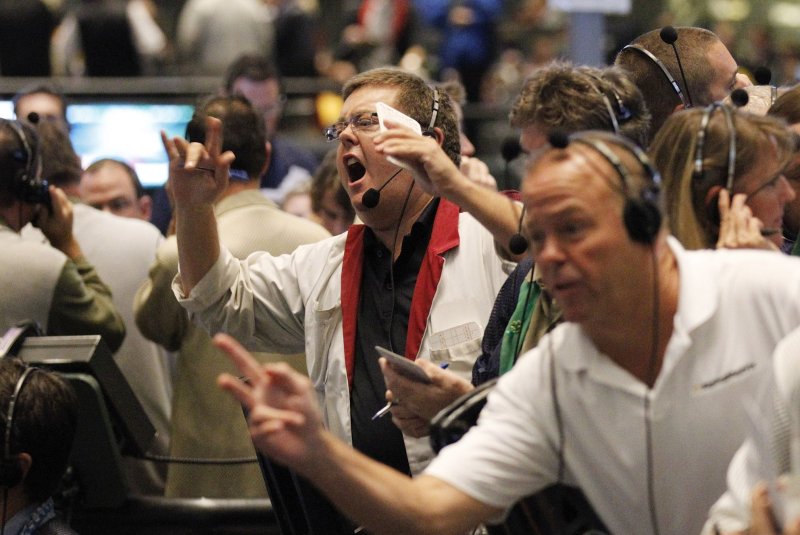Crude oil prices were relatively flat as traders try to make sense of demand uncertainty expressed by OPEC economists in their latest monthly market report. File Photo by Brian Kersey/UPI |
License Photo
June 12 (UPI) -- Uncertainty about global oil demand and an increase in U.S. fuel prices overshadowed U.S-North Korean talks to push oil prices slightly lower early Tuesday.
U.S. President Donald Trump made a historic handshake in Singapore with North Korean leader Kim Jong Un, triggering what could be the beginning of a long effort at peace on the Korean Peninsula. While symbolic, a joint statement issued after the meetings was short on specifics.
"The United States and the Democratic People's Republic of Korea will join their efforts to build a lasting and stable peace regime on the Korean Peninsula," it read.
Broader markets were largely stable in the midst of the flurry of diplomatic activity. Stocks on the Singapore benchmark Straits Times Index were down 0.32 percent in trading on Tuesday.
For oil, traders were focused more on the details of the latest monthly market report from the Organization of Petroleum Exporting Countries. Global trade tensions and uncertainty about the supply of oil in the second half of the year has lead to concerns about the pace of the economy and OPEC economists offered little clarity.
Demand for OPEC oil during the second half of the year is projected at 33.3 million barrels per day, down by about a half million barrels from the same period last year.
"However, looking at various sources, considerable uncertainty as to world oil demand
and non-OPEC supply prevails, leading to a wide forecast range for demand for OPEC crude of around
1.8 million barrels per day," the report read. "This outlook for second half of 2018 warrants close monitoring of the factors impacting both world oil demand and non-OPEC supply that will shape the outlook of the oil market going forward."
OPEC ministers meet June 22 for a regular meeting to consider what happens next with their effort to stabilize the market. Divisions over calls from Saudi Arabia and Russia to put more oil on the market could make that meeting contentious.
Oil prices were relatively flat in response to the uncertainty. The price for Brent crude oil, the global benchmark, was down 0.51 percent as of 9:22 a.m. EDT to $76.07 per barrel. West Texas Intermediate, the U.S. benchmark for the price of oil, was down 0.06 percent to $66.06 per barrel.
The price for Brent has been more or less range-bound in the mid- to upper-$70 per barrel range, leaving consumer fuel prices elevated. A weekly market report from U.S. motor club AAA said the national average retail price for a gallon of gasoline was at a point where consumers may be changing their habits.
Data released Tuesday by the U.S. Commerce Department show the consumer price index for gasoline is up 21.8 percent from last year. That's compared with the index for new vehicles, which declined 1.1 percent.
The price index for all consumer items for the 12 months ending in May increased 2.8 percent. That's slightly more than wage growth.
Elsewhere, Exxon Mobil announced Tuesday it started developmental drilling on the first phase of its Liza prospect off the coast of Guyana. All told, the project could produce more than 500,000 barrels per day.















